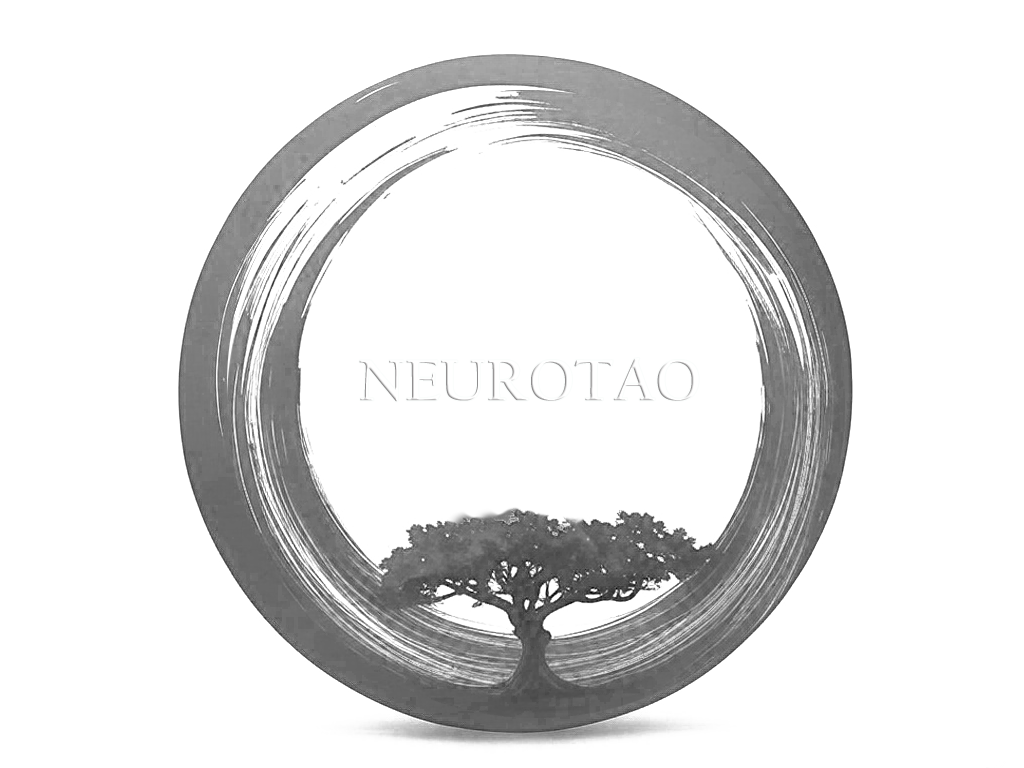Finding the centre
Establishing body center in Tai Chi practice is a continuous process that starts with student first class. In nature, all living organisms evolve with accordance to law that enables equilibrium and most efficient use of available energy. In the context of Tai Chi, the movement has to revolve from central point (inward) to external point (outward) . Through the course of person life, the body perception of center changes due to many factors. The analogy of sprained ankle is perfect example where naturally center of gravity shifts away from injury to allow for healing to occur. This process engages several neural circuits, in this article, I’d like to underline the importance and influence of vestibular system (VS) which is reflexive in nature (meaning operates below our conscious awareness) and responsible for our orientation in space and hence balance among other things. When we are injured, one of the VS response is to engage postural musculature (extensor muscles), that help keep us away from injury and in the same time maintaining upright posture that allows the primary role of VS to keep our head safe and sound. The interesting thing is that when our ankle heals and we can safely place body weight onto the leg, the nervous system memory about injury is stored and sometimes the adaptation that is no longer necessary doesn’t reset back to the same state as before the injury has occurred. Similarly, the area of the brain that receives information from VS is also receiving feedback from our viscera and vice versa; our organs respond to feedback from VS. We’re all familiar with the term ‘gut feeling’; our organs have what is called enteric nervous system and this highly sensitive system communicates with the brain via Vagus nerve. Although there is still a lot of ongoing research into explaining the full extent in which enteric nervous system perceives and contributes to our emotions, the Traditional Chinese Medicine has long ago established links between particular organs and emotions as well as their physical effect on associated muscles. So let us go back to sprained ankle example. If for instance during time when the injury has occurred we experienced strong emotional response that alters our perception about the event to a very unpleasant one, our nervous system stores in our subconscious memory the context and all available associations. As the tissues heal and we slowly return to place our weight onto the leg, the stored subconscious association with it might perceive that the body is still under threat and want to “protect” us from fully returning to the state before the injury. The role now for VS is to adapt to the feedback from subconscious mind and arrange recruitment of muscles that can help in the task of further protecting and in the same time finding way to move most efficiently around new center of gravity.

That adaptation might express itself differently in any other person and very often is not easily noticeable to our conscious mind. Someone with for instance history of left ankle sprain, might experience somewhere down the road pain or discomfort on the opposite side of the body in their shoulder or in the hip. If let say, during time of injury we were experiencing strong fear that left us in shock, according to TCM, the ripple effect of that experience might cause in someone blockage of energy flow in the kidney meridian. That in turn can have inhibiting effect on adapting ability of associated muscles with kidney organ (psoas, multifidius or upper trapezius). If we follow yet another connection between VS and our emotions, we can see that the any disturbance to perception of balance causes anxiety. Over or under stimulated VS, strong emotions in long term can cause knockout effects that are sometimes difficult to resolve. Adaptations in the body or persistent symptoms might not necessarily be easily identified as direct correlation to the event that have caused it in the first place. If you find that this post relate to you in some way and are curious to learn more how I can help resolve similar problems contact me here.
Tai Chi has shown to improve balance and reduce risk of falling in multiple studies, I’ll address the possible mechanism at play in my next post together with mechanism of energy medicine techniques that I’ve used in many occasions to help clients with balance issues.


